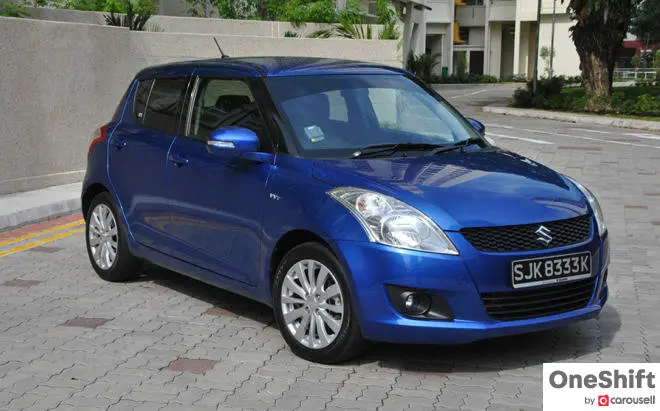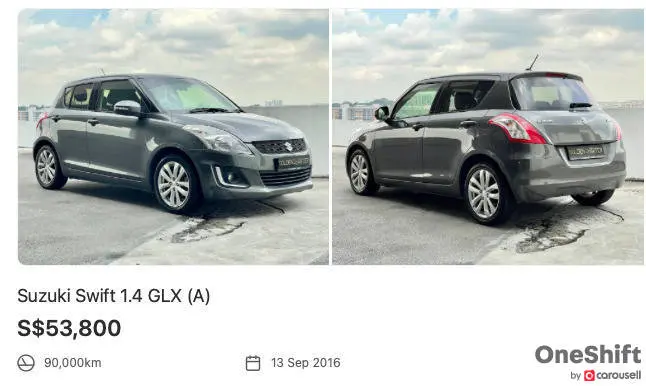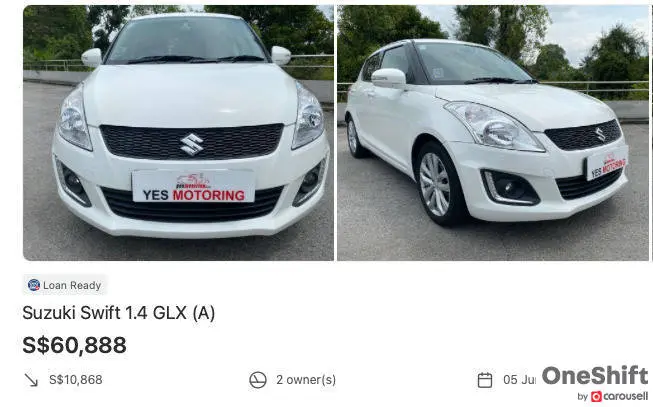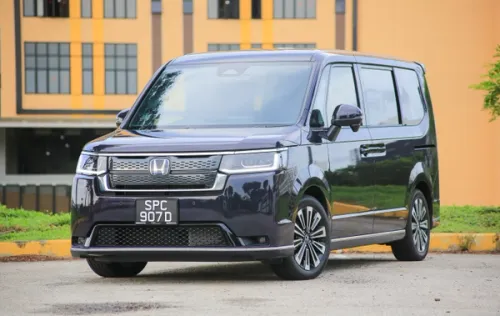OneShift Buyers' Guide For The Suzuki Swift (Second Generation)
Often labelled as a supermini - with "super" referring to its pint-sized stature rather than sporting credentials, the Suzuki Swift commenced production in 2004, but its complex history (defined by the Suzuki Cultus) dating way back to 1983 proved that its platform was used to engineer configurations to suit every market imaginable. Paris Motor Show in 2004 served as the event to introduce the Swift as a "sporty" subcompact, away from its previous Cultus-based predecessor. It achieved a respectable four out of five stars in the Euro NCAP crash test, which was a major selling point given its compact sizing and "featherweight" one tonne curb weight.







Often labelled as a supermini - with “super” referring to its pint-sized stature rather than sporting credentials, the Suzuki Swift commenced production in 2004, but its complex history (defined by the Suzuki Cultus) dating way back to 1983 proved that its platform was used to engineer configurations to suit every market imaginable. Paris Motor Show in 2004 served as the event to introduce the Swift as a “sporty” subcompact, away from its previous Cultus-based predecessor. It achieved a respectable four out of five stars in the Euro NCAP crash test, which was a major selling point given its compact sizing and “featherweight” one tonne curb weight.

The first-gen Swift recorded sales that exceeded forecasts, particularly in Japan and Europe. Its successor continued its global push with assembly plants in no less than six countries from 2010, followed by facelift versions from 2013 onwards that featured a more advanced “Dual Jet” motor in some Swifts. The current, third-generation Swift made its debut in 2015 and despite an increased boot space of 20% over its predecessor, it was still branded as the handling benchmark for affordable superminis, which some customers favour over larger, arguably less dynamically-sorted rivals.
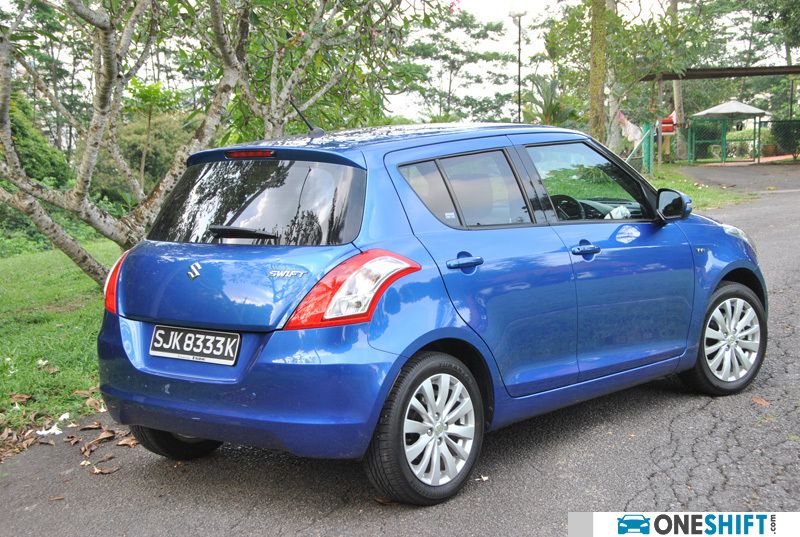
Familiar looks defined this generation of Swift, with a slightly larger radiator grille and upsized headlamps. With a 100mm and 5mm increase in length and width respectively over the first-gen Swift, many were wondering if it could compete with the GE Honda Fit in terms of functionality. Perhaps the most distinctive aesthetic difference will be at the rear, where the curves surrounding the number plate bracket made it look more pouty. A range of engine options were offered - 4 petrol variants and a turbodiesel. Some markets also fitted this predominantly front-wheel drive vehicle with all-wheel drive.
*This guide excludes the 2nd-gen Suzuki Swift Sport, which we feel is distinct enough from the “regular” Swift to warrant a separate buyers’ guide.

It can be a confusing affair if our research includes 2nd-gen Swifts from other markets (that means having to deal with 3-door variants, and even some propelled by diesel units). OneShift did a review of the 2nd-gen Swift back in 2011 - Swifts catered for the Singapore market were fitted with a 1.4-litre petrol motor (K14B) capable of 95 Bhp and 130 Nm. Five-speed manual and four-speed automatic transmissions were offered, with the automatic variant not being offered with a “+/-” sequential manual mode. Two trim levels were available - a “base” GL model, and a higher-spec GLX that includes 16-inch rims, keyless entry, six airbags, front fog lamps, rear disc brakes, telescopic steering wheel adjustment and LED side repeaters.
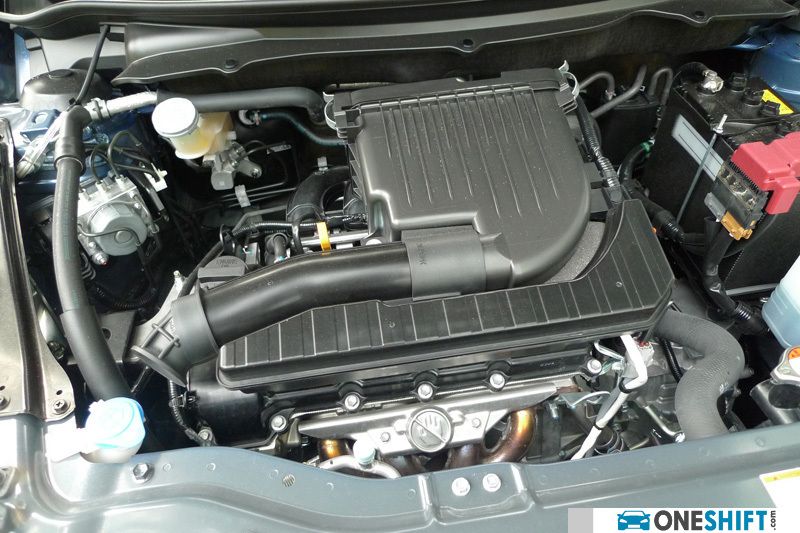
ESP issues affected Swifts built from June to July 2011. Do check the vehicle’s history as this was part of a global recall. Make sure that water pump hoses are well intact too - the engine might overheat as the hoses tend to come loose. If you experience any significant loss of power / jerkiness during acceleration, that could mean it has a faulty throttle body sensor.
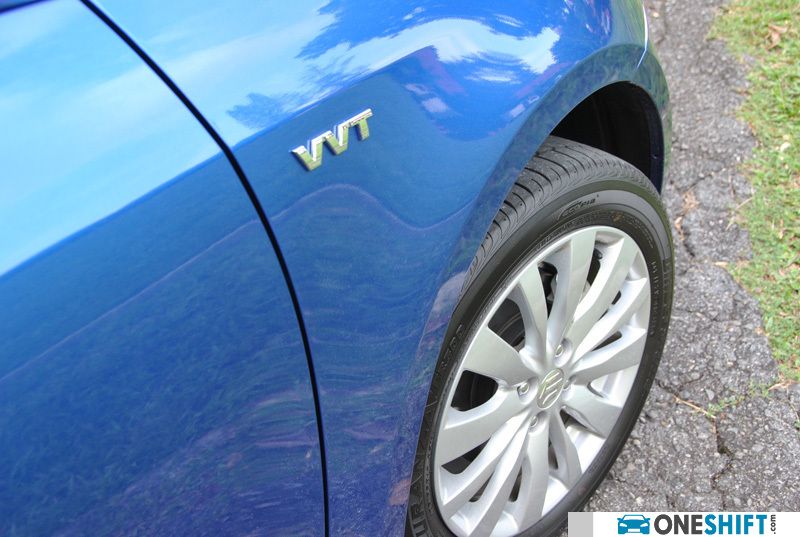
Brake fluid leaks were also part of another recall, affecting Swifts built from September to November 2013. Take it for a drive and observe any sound from the suspension setup. Squishy noises could mean that the rubber bushes are worn out. This generation of Swifts reportedly have handbrakes that require tightening after prolonged usage. Park the car on a steep incline to test it out, and request for a handbrake adjustment if the vehicle rolls back.

It is common for this generation of Swifts to have interior rattles. Monitor the door trims, glovebox’s lid area and seat belt mechanisms during the test drive. The steering box cover also reportedly allowed moisture into the steering system over time.
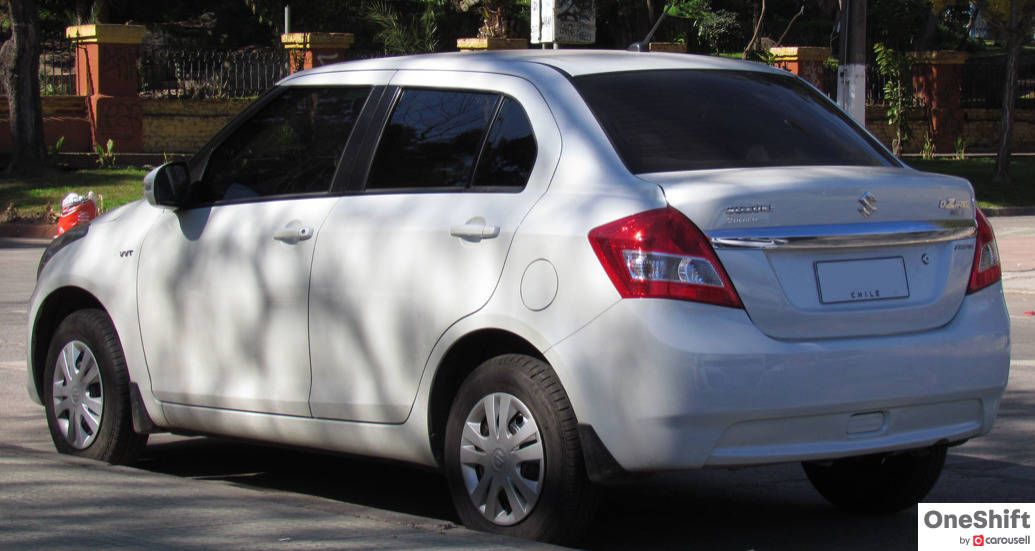
Photo credit: Wikipedia
Fancy a Swift with a boot? The second-gen (Maruti) Swift Dzire was offered in India and it even came with a diesel option.
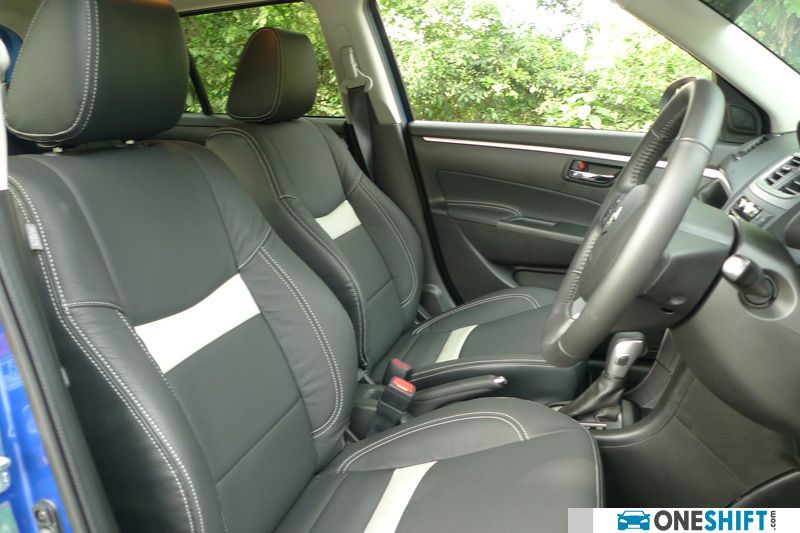
At time of writing, COE premiums have reached stratospheric levels, sending a ripple effect on the used car market. Most second-gen Swifts are offered in GLX trim, and will likely be facelifted models. You are still able to source for a unit at under S$10,000 depreciation per year, but they could be higher mileage units (more than 100,000km). You might be able to snag a decent unit under 80,000km mileage for S$11,000 depreciation per year. Road tax for a 1.4-litre unit will be S$610 per year.
A clean 90,000km unit in GLX spec, with four years left on the current COE cycle.
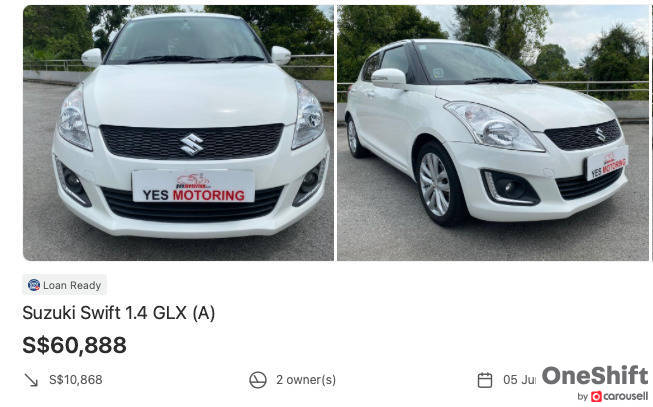
A two-owner unit with an annual depreciation of S$10,800, and five full years of COE left.
Keen to acquire a 2nd-generation Suzuki Swift? Find more pre-loved examples on Carousell.
*Rotate mobile phone to landscape mode to view full chart
Level of importance ESP (Electronic Stability Programme) Affected Swifts built from June to July 2011 High Water pump hoses Engine might overheat as the hoses tend to come loose High Throttle body sensor Significant loss of power / jerkiness during acceleration could mean it is faulty Medium Brake fluid Brake fluid leaks affected Swifts from September to November 2013 Medium Rubber bushes Squishy noises could mean bushes within suspension are worn out Medium Handbrake Might require tightening of mechanism Medium Steering box cover Moisture could seep into steering system over time Medium Door trims, glovebox’s lid area and seat belt mechanisms Prone to rattles Low
Credits: Gerald Yuen


Get the Best Price for your used car
from 500+ dealers in 24 hours

- Convenient and Hassle-Free
- Consumer Protection
Transparent Process
With No Obligation
